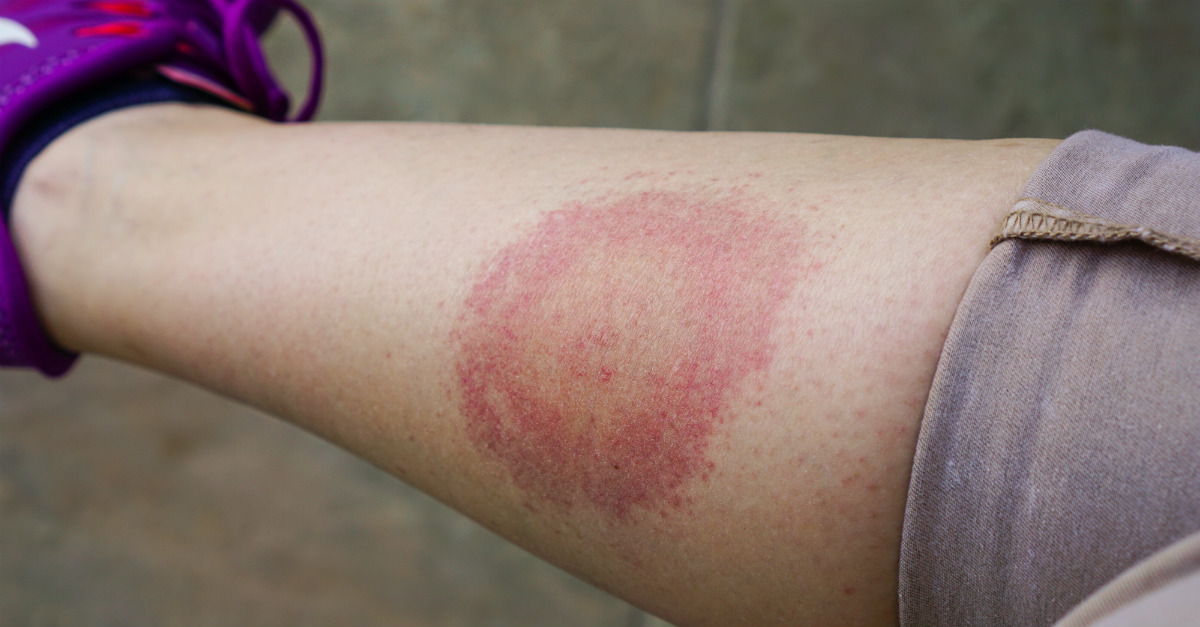

Tick-borne relapsing fever - Ornithodoros moubata or African tick (soft tick) - vectors for Borrelia species of bacteria.Centers for Disease Control and Prevention (CDC) some researchers suggest Borrelia lonestari may be the infectious agent. Southern tick-associated rash illness (STARI) - Amblyomma americanum or lone star tick (hard tick) - infectious agent not yet identified according to U.S.Rocky Mountain spotted fever - Dermacentor variabilis (American dog tick) and Rocky Mountain wood tick ( Dermacentor andersoni) (hard tick) are the primary vectors and occasionally the brown dog tick ( Rhipicephalus sanguineus) Amblyomma cajennense (hard tick) is the vector in countries south of the United States - vectors for Rickettsia bacteria.Ehrlichiosis - Amblyomma americanum or lone star ticks (hard ticks) - vectors for Ehrlichia chaffeensis and Ehrlichia ewingii bacterial species.

INFECTED TICK BITE FULL
Disease transmission usually occurs near the end of a meal, as the tick becomes full of blood. The hard ticks tend to attach and feed for hours to days. Hard ticks have a tough back plate or scutum that defines their appearance. Two families of ticks, Ixodidae (hard ticks) and Argasidae (soft ticks), are important to humans because of the diseases or illnesses they can transmit or cause. If it is possible to bring into the doctor's office what has caused a "bite," the physician may be able to determine what potential vector caused the "bite." Some common examples are mosquitoes, bedbugs and fleas (these are insects, not arthropods). Many organisms that bite humans for a blood meal are not ticks and should not be confused with ticks. There are more than 800 species of ticks throughout the world.

Ticks (and mites) are arthropods, like spiders all three belong to class Arachnida. In most circumstances, it is not the tick bite but the toxins, secretions, or organisms in the tick's saliva transmitted through the bite that cause disease. Ticks are the leading carriers of vector-borne diseases to humans in the United States, second only to mosquitoes worldwide. They are classified in two families, Ixodidae (hard ticks) and Argasidae (soft ticks), each containing different genera and species of ticks.


 0 kommentar(er)
0 kommentar(er)
